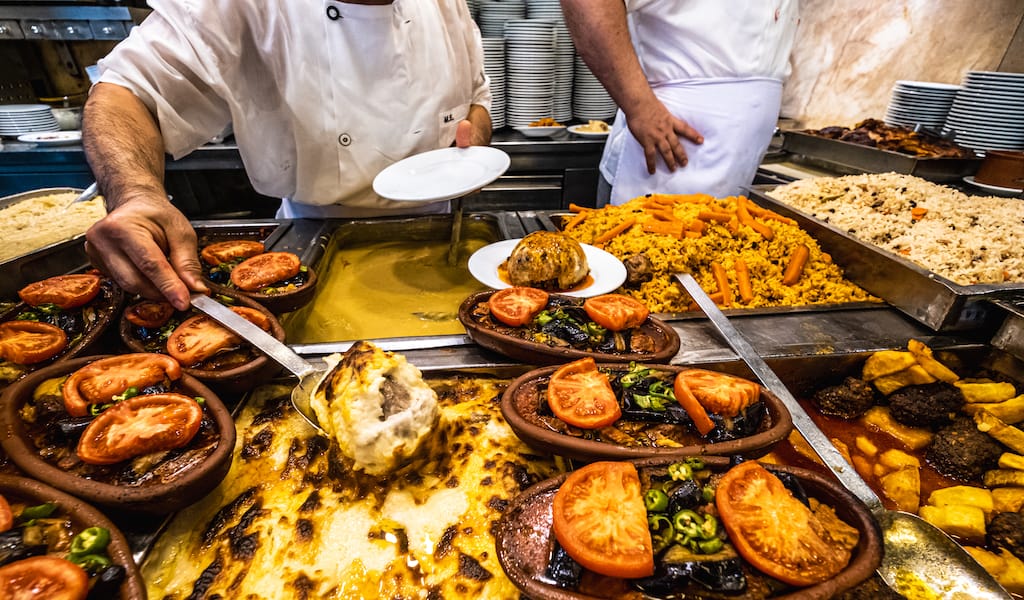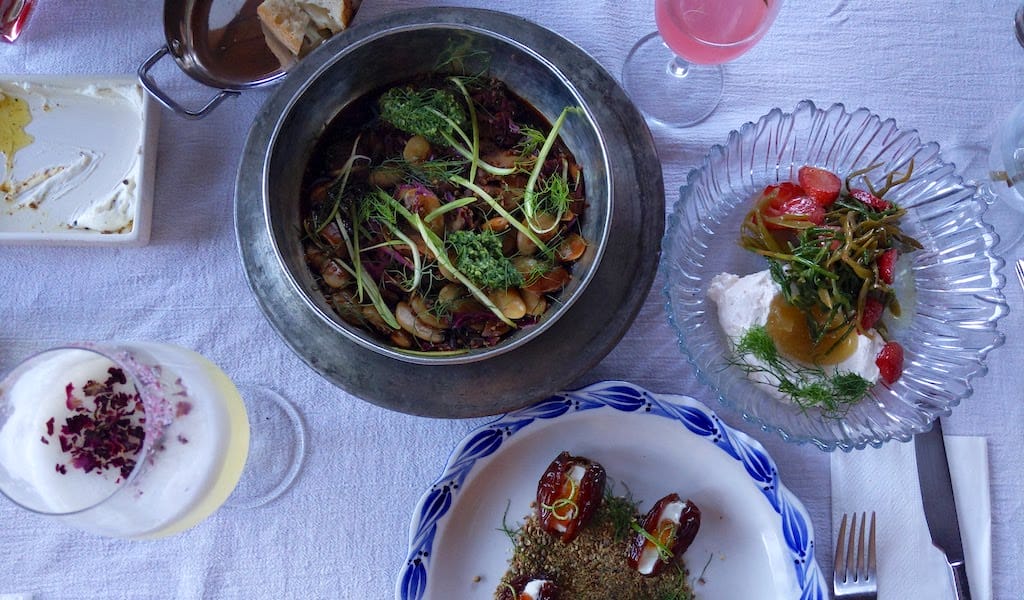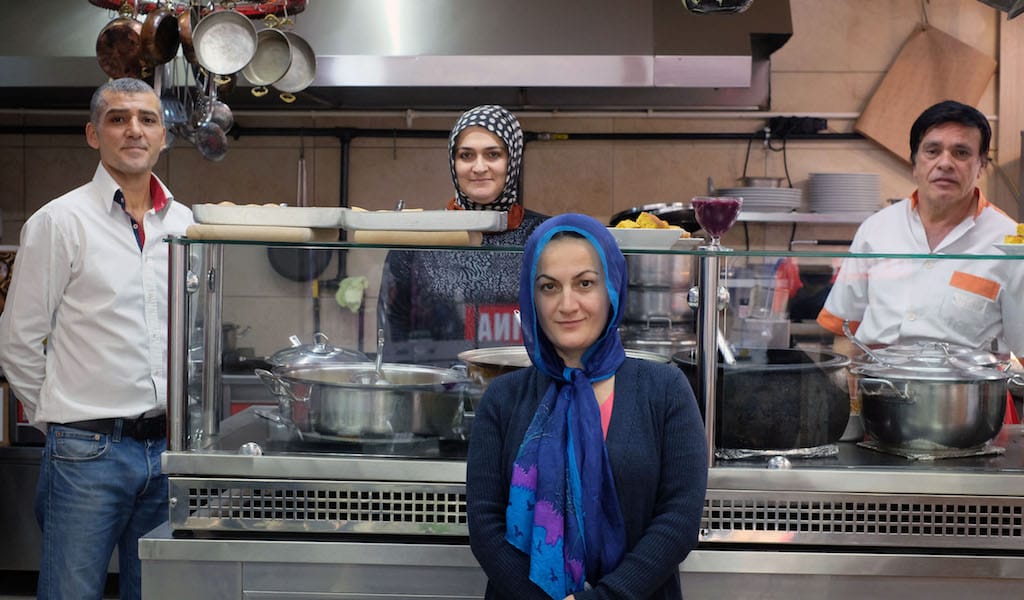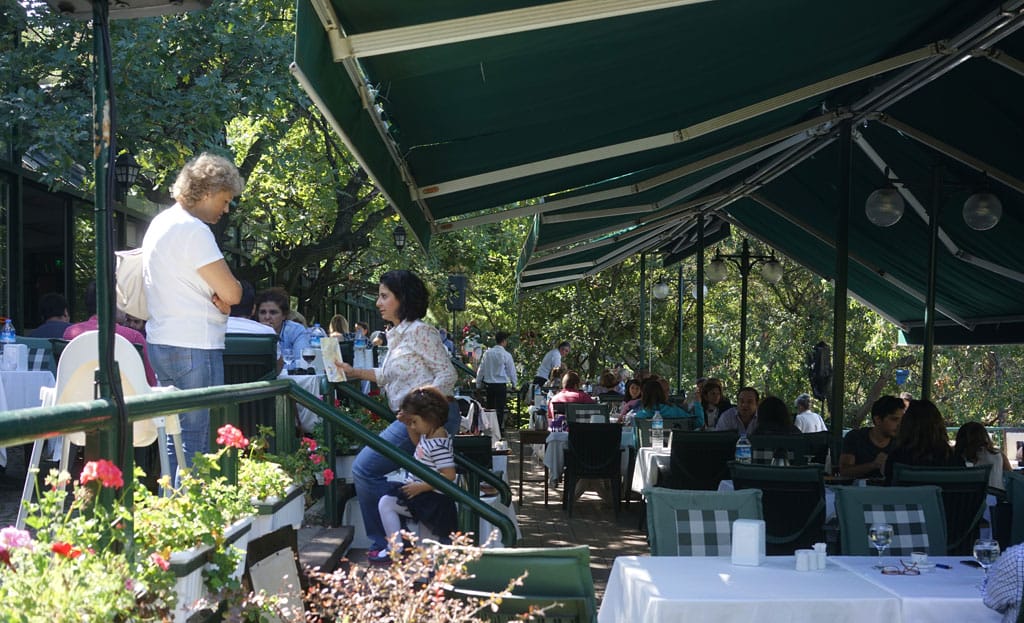Editor’s note: In the latest installment of our recurring First Stop feature, we asked travel writer Caroline Eden about some of her go-to spots in Istanbul. Eden has written for the Guardian, the Telegraph and the Financial Times, among other publications, and has filed stories from Uzbekistan, Ukraine, Russia, Kyrgyzstan, Kazakhstan and Azerbaijan for BBC Radio 4’s From Our Own Correspondent.
Eden is also the author of the culinary travelogue Black Sea: Dispatches and Recipes, Through Darkness and Light (Hardie Grant; May 2019) and co-author of Samarkand: Recipes & Stories from Central Asia & the Caucasus (Kyle Books; July 2016), a Guardian book of the year in 2016 and winner of the Guild of Food Writers Award for best food and travel book in 2017. You can follow Caroline on Instagram and Twitter @edentravels.

The very first thing I want to do on arriving to Istanbul – I tend to visit in winter and early spring, when it is cold enough to walk the city comfortably – is to get on a ferry, and I will inevitably go to Üsküdar. From the docks there, I will stroll for five minutes or so until I reach Kanaat Lokantasi, a well-loved neighborhood restaurant. I am grateful for the short walk as I will have been dreaming about what I’ll eat there on the plane coming in.
As soon as you step inside Kanaat Lokantası, under the instantly recognizable green awnings, you get the impression that this is a space that has barely rested since opening its doors in 1933. The restaurant is a functional – and fairly minimalist – space, which is prudent given the speed with which the waiters move around the tables. Too much clutter would be hazardous in such a busy environment. So the decor is kept simple: there are rows of high-backed wooden chairs, white tablecloths (each with a wipe-clean sheet of glass on top) and a couple of large antique samovars serving as arty, but useful, flourishes.
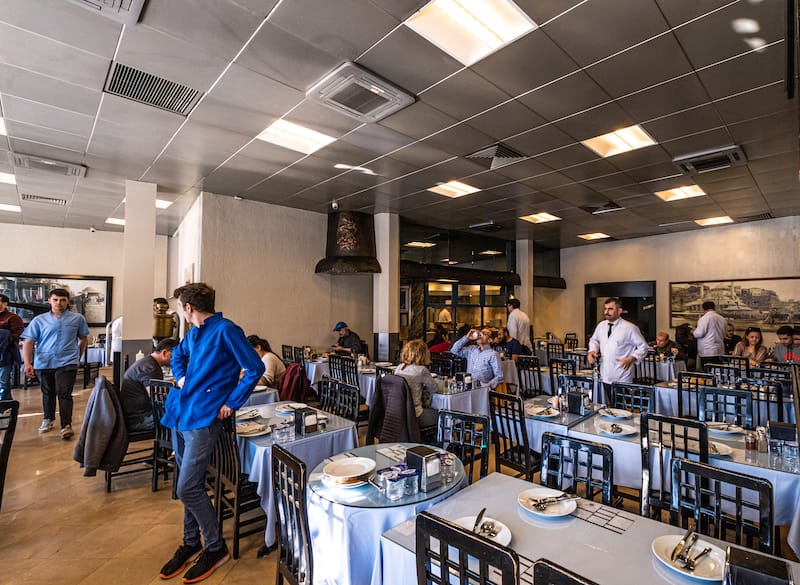
Like at any proper lokanta, the star here is the food. Each pudding in the dessert bar comes in a branded pot with gorgeous swirling blue calligraphy and the chrome and glass of the hot and cold counters – holding endless stews, boreks, pilavs, grills, dolmas and soups – shines proudly.
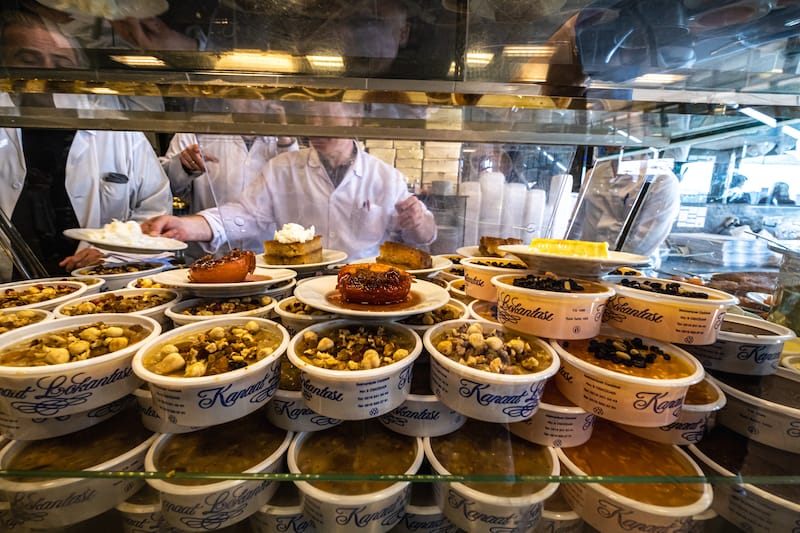
The clientele is (almost) as varied as society itself – leagues of morose businessmen in suits, cheerful young lovers, families of three generations or more, a scattering of tourists laden with heavy cameras and rucksacks.
At the hot counter of stews of beans, aubergines and entrails, I will order pilav: either a plate of Uzbek pilav (plov) or chestnut tekke pilav with pine nuts and currants based on an old Sufi recipe. Chestnut season is in winter (they will be tucked into cabbage leaves, mixed into helva and crumbled into ice-creams) so it makes sense to order that, and the Uzbek pilav is a nice nod to Central Asia, where versions of plov tend to be far jazzier (maybe with horse meat or quails eggs or quince, sometimes a whole chili pepper on the top for color). Here, it is a very simple version with chickpeas and lamb, quite different to the mutton that tops the versions in Uzbekistan. With the pilav I will have a plate of cold, garlicky yogurt on the side. The owner, Murat, knows about the wonders of rich, oily, filling Uzbek plov, as he, too, has travelled to Uzbekistan and Turkmenistan, searching for antiques.

As with many of the most interesting places to eat in Istanbul, the restaurant has been handed down through the generations; in this case, the third-generation owner is Murat Kargili, a Turk of Macedonian descent. At lunch one day he explained that the chestnuts for the pilaf come from Kastamonu on the Black Sea, and while they are buttery now they will get softer and richer closer to spring, and that for new year’s dinners his chefs make volumes of this seasonal chestnut pilav, delivering it around the neighborhood.
Dessert is also something I’ll indulge in here. Headlining the restaurant, as you step in, are sparkling glass counters presenting a rich treasury of heavy puddings in winter: candied quince halves with dug out middles filled with kaymak, rice puddings, milk puddings and Noah’s pudding. Everything in the room is as clean as it is white: white cuffs, white chef’s hats, white crusty torpedoes of bread, sliced up and ready in a basket on each table next to plastic cups of Turkish mineral water with tear-off lids like you get on airplanes.
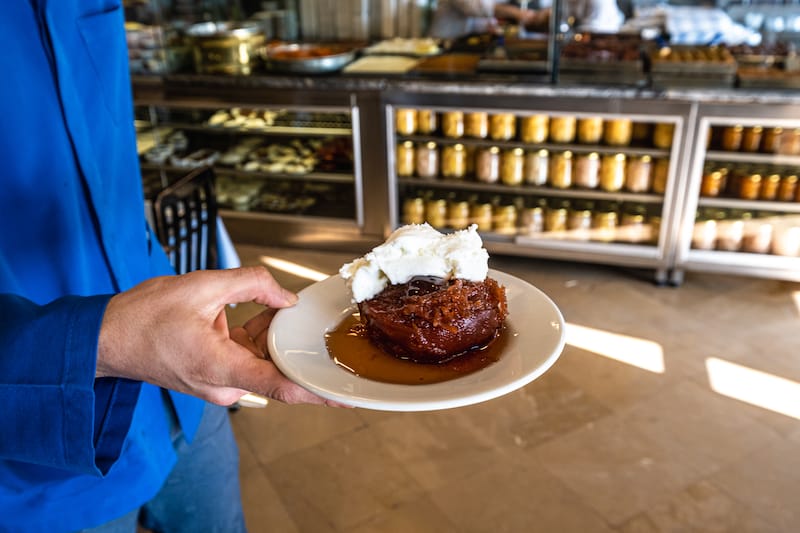
Üsküdar, still a relatively conservative neighborhood, goes about its business rather than courting visitors with bars and tourist menus, but in-the-know foreigners make it here. Kanaat has been open for nearly a century; it is rightly famous locally and always busy.
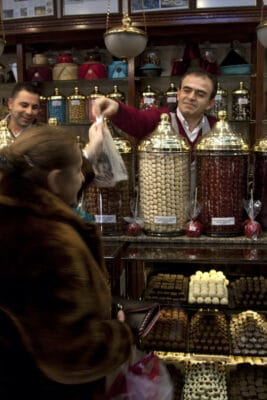
As it is cold outside, I will crave boza – a thick drink made from fermented millet, the color and consistency of custard – an hour or so after my meal. For that, I’ll take a taxi to Kadıköy and will stop by at the confectioner Cafer Erol, founded in 1807, with its gloriously kitsch window displays of marzipan fruit and vegetables in every color. There, outside, under its blue awnings, a cart is set up for a takeaway cup of boza, good for the immune system. I tend to say yes to the offer of roasted chickpeas and cinnamon sprinkled on the top. Sour, not-too-sweet, very slightly citrusy and filling as soup. Just right for wintertime.
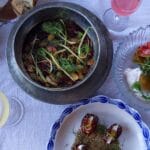 December 28, 2021 Best Bites 2021
December 28, 2021 Best Bites 2021
This was a topsy turvy year for Istanbul's restaurant scene, as the first six months of […] Posted in Istanbul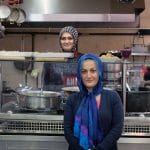 November 27, 2017 Emice’nin Yeri
November 27, 2017 Emice’nin Yeri
Everyone seems to feel at ease in Emice’nin Yeri. It’s the kind of place where workers […] Posted in Istanbul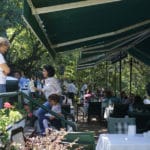 October 18, 2016 Trabzon Kültür Derneği
October 18, 2016 Trabzon Kültür Derneği
Located just beneath Istanbul’s first Bosphorus Bridge in the Anatolian side district of […] Posted in Istanbul
Caroline EdenGökhan Çelem
Published on April 04, 2023
Related stories
December 28, 2021
IstanbulThis was a topsy turvy year for Istanbul's restaurant scene, as the first six months of 2021 were marked by a series of pandemic restrictions and lockdowns that made for slow business, while a grand reopening of sorts on July 1 resulted in thousands of people flocking back to their favorite restaurants and bars, some…
November 27, 2017
Istanbul | By Zamira Skalkottas
IstanbulEveryone seems to feel at ease in Emice’nin Yeri. It’s the kind of place where workers come after their shifts, families and couples dine, single men drink their tea and watch football matches on the TV, and women too are comfortable eating alone. But it’s not just a welcoming place – Emice’nin Yeri also happens…
October 18, 2016
IstanbulLocated just beneath Istanbul’s first Bosphorus Bridge in the Anatolian side district of Üsküdar is a secluded slice of Trabzon, the Black Sea province known for its otherworldly lush green forests, hot-tempered inhabitants and distinctly deep cuisine. The Trabzon Kültür Derneği (Trabzon Cultural Association) is something of a clubhouse for folks who grew up in…







































